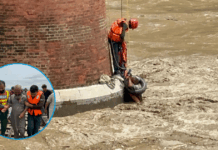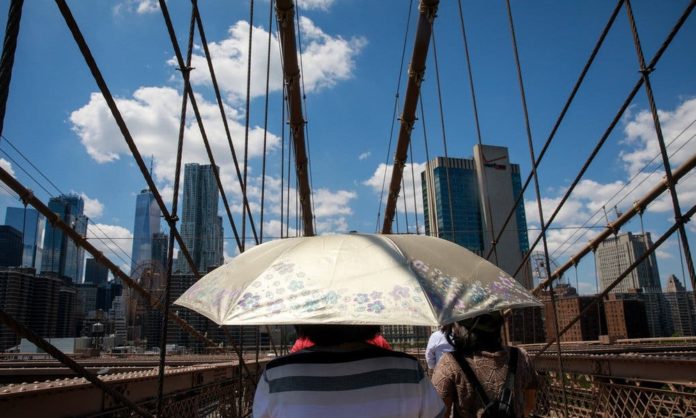The entire world has been facing blistering heat waves. From the United States to Europe and China to Japan, extreme temperatures have soared for weeks, killing hundreds of people, sparking wildfires in Spain, Portugal, France, Italy, and Greece and displacing thousands of residents, as many seek refuge in public cooling centres.
Air conditioners might keep the indoors cool, but they only add to the heat outdoors. And in most cases, they are adding to the climate crisis by increasing planet-warming emissions. Public transportation may be unbearable on a hot day, but driving a car that runs on gas instead just worsens traffic, also adding to heat and emissions. A lack of trees means a lack of shade, and buildings made of dark materials bring hotter interiors, which means more air conditioning.
Here’s a look at a few of the more promising ideas that cities around the world have been pursuing to try to beat the heat.
1. Abu Dhabi – Self-Shading Tower Block
Mashrabiya refers to the latticed screens often seen in Islamic architecture, sometimes surrounding a small balcony, that diffuses sunlight and keeps buildings cool without completely blocking light. They are designed to encourage a breeze and offer a spot of respite from the heat within a building. The idea is essentially to stop direct sunlight from landing on a building’s exterior.
That’s what inspired the design of Al Bahar Towers, a 25-story building wrapped in more than 1,000 hexagonal shades with built-in sensors that allow them to respond to the sun’s movements. When the sun hits the shades, they unfold like an umbrella to ward off the heat. Without these measures, the outside of such a building in Abu Dhabi could reach as high as 200 degrees (around 90 Celsius).
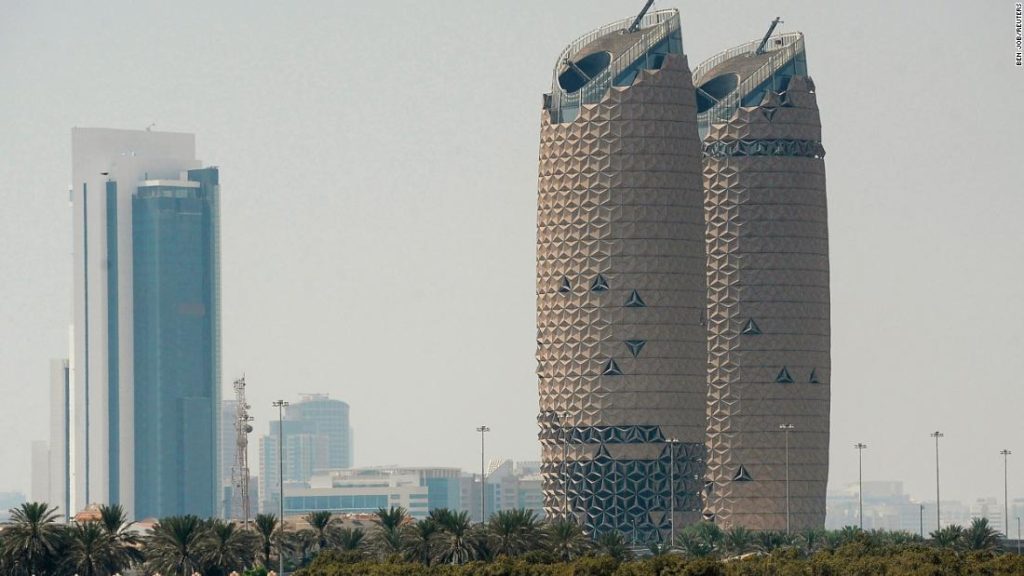
2. Paris – Cool Islands
Paris Mayor Anne Hidalgo has been credited with putting in place some of the world’s most innovative measures to combat the heat, and the city’s heat plan is truly comprehensive.
The main result is a city full of ‘cool islands.’ Parisians can use an app called EXTREMA to guide them to more than 800 cool spots — parks, water fountains and air-conditioned museums, for example — and get there via a naturally cooled walkway. The idea is that a cool island is always at a maximum walking distance of seven minutes for everyone.
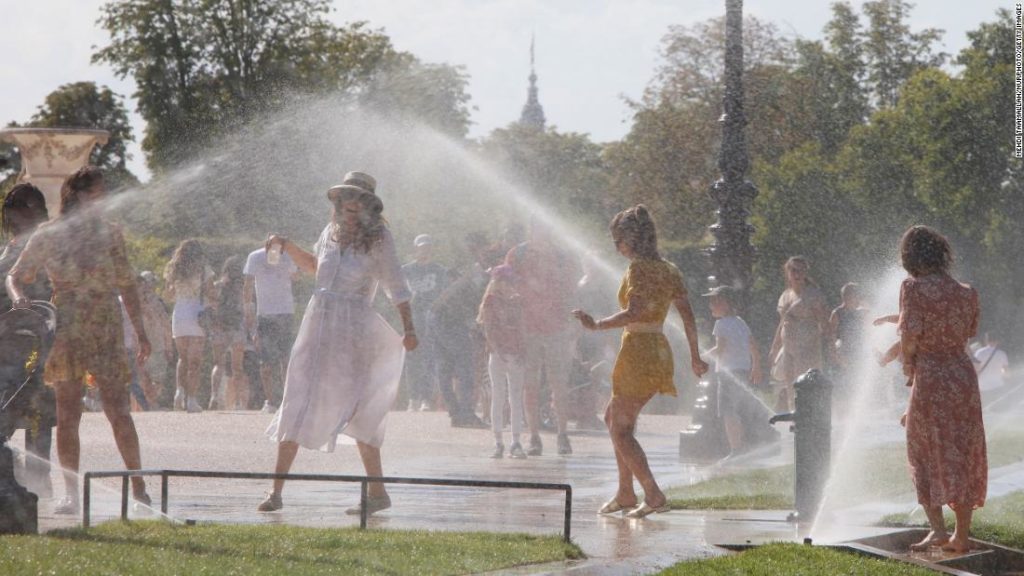
Read More: Here’s Why Rainwater Is Harmful To Drink
3. Vienna – Cooling Trees
Like in much of Europe, many in Vienna don’t have air conditioning, so water is a big part of how the Austrian capital keeps cool.
For those who don’t have time for a dip in the Danube, the city offers cooling parks with mist-spraying “trees” that people can either “shower” in, or just sit near to enjoy the cooler temperatures they bring their surroundings.
4. Miami – Target Heat Traps
Neat Streets Miami, a board convened by the county council, recognized that bus stops had become real danger zones during heat waves, so they planted trees around 10 stops. They wrote a guide on which trees work best and where to plant them so that other areas could replicate the project.
And that they have. There are now 71 green bus stops in the country, most of them by communities that applied to the government for resources to green their bus stops.
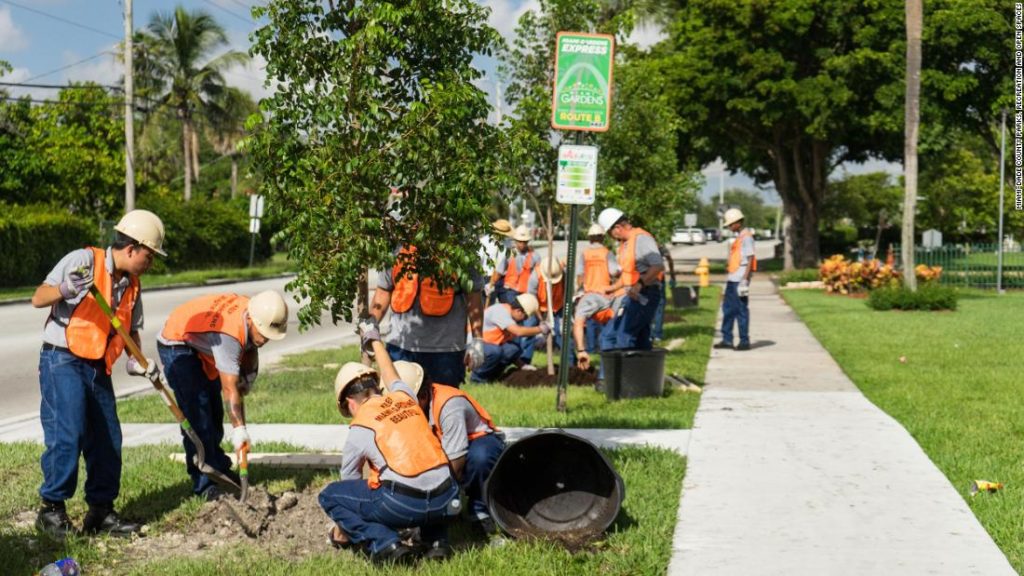
5. Rotterdam – Green Rooftops
Planting greenery on rooftops can help cities keep cool. Rotterdam in the Netherlands took the initiative to demonstrate this with the Rotterdam Rooftop Walk. Water storage along with vegetation is expected to reduce the incidence of flooding. The city hopes to green over 900,000 square metres of rooftops.
According to the United States Environmental Protection Agency, green roofs can reduce ambient temperatures in a city by up to 15C.
Read More: Here’s How Climate Change Is Affecting Our Bodies
6. Los Angeles – Paint The Town White
This one is a little more controversial. Some cities have experimented with painting rooftops white to reflect sunlight and keep buildings cool, but Los Angeles went a step further and is painting entire roads white. Dark things like asphalt absorb sunlight and emit that energy back into the air as heat. Painting the asphalt white would theoretically nip that process in the bud, and lead to cooler air temperatures.
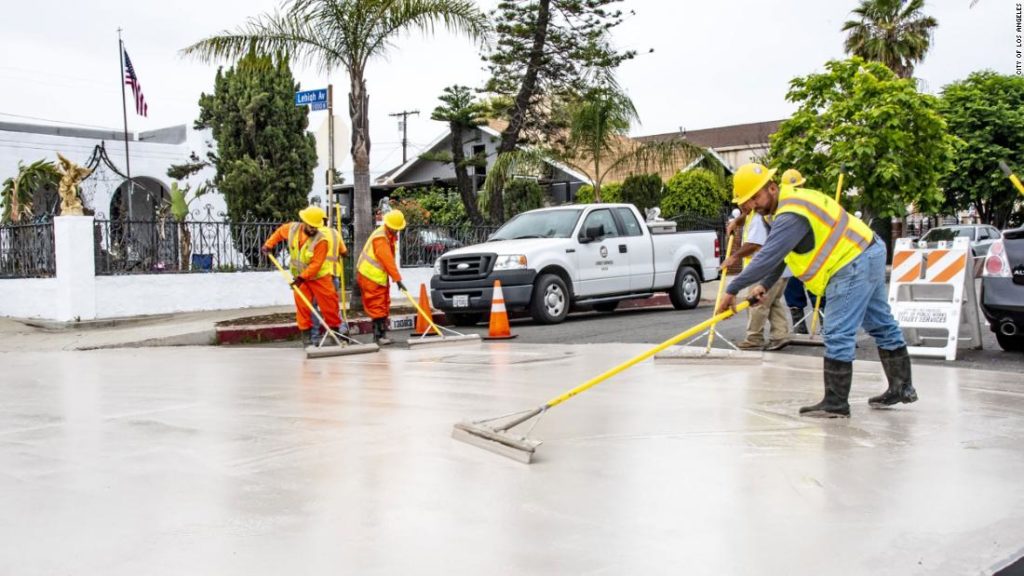
Stay tuned to Brandsynario for the latest news and updates.







